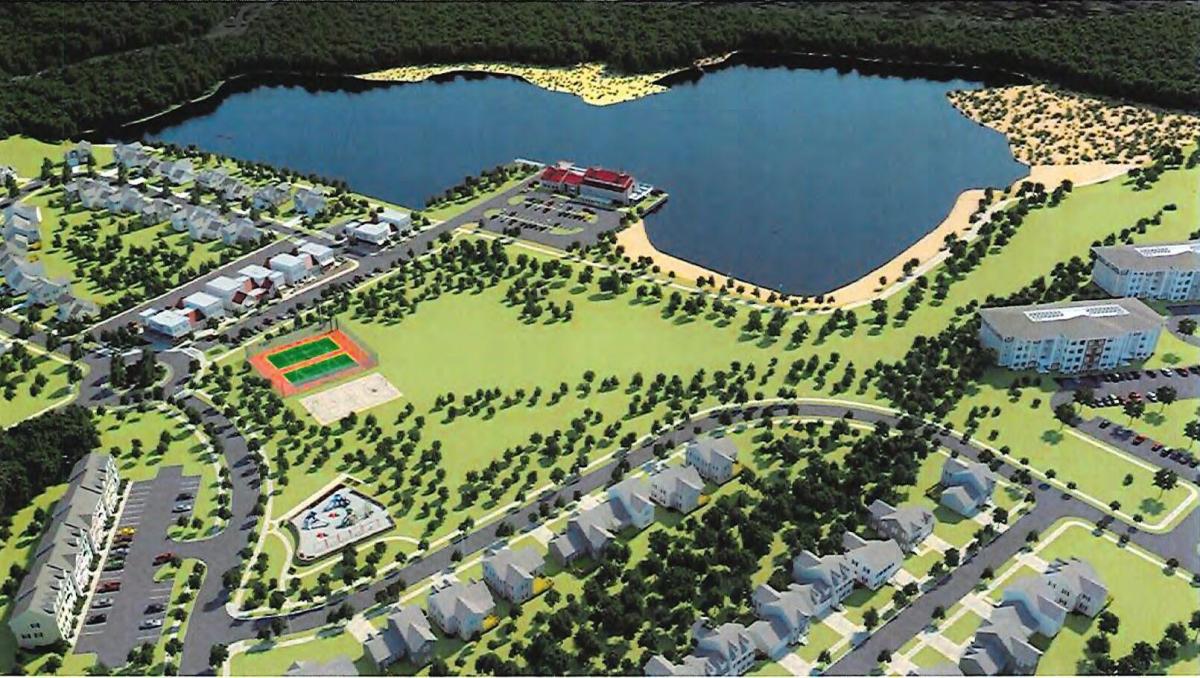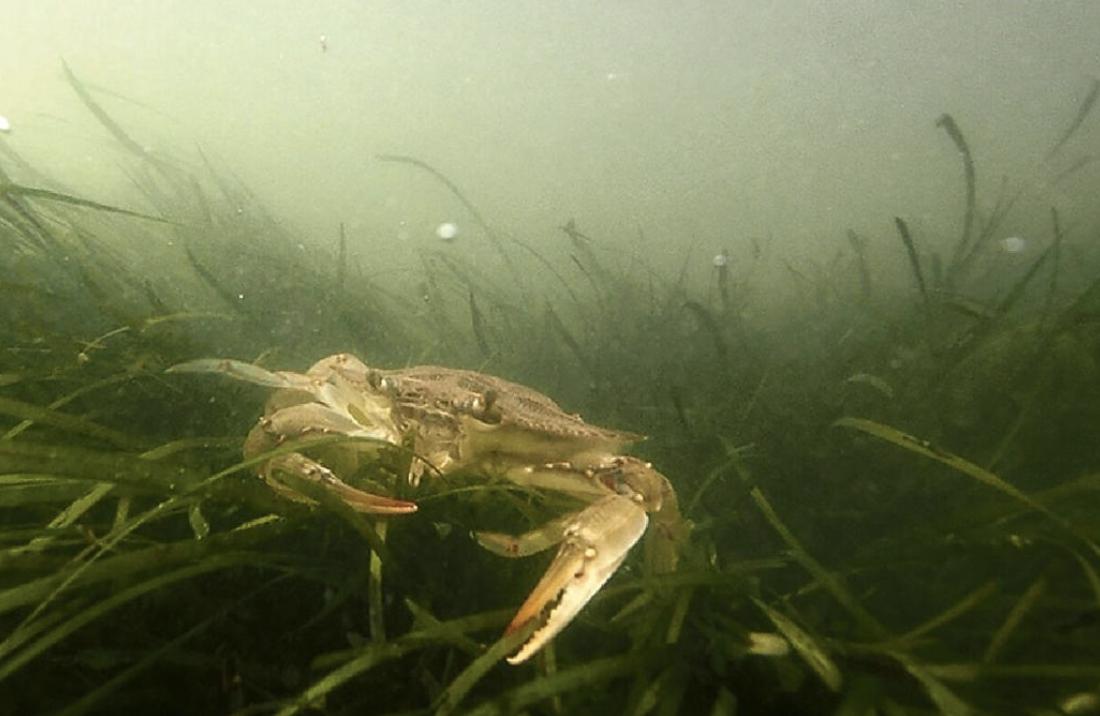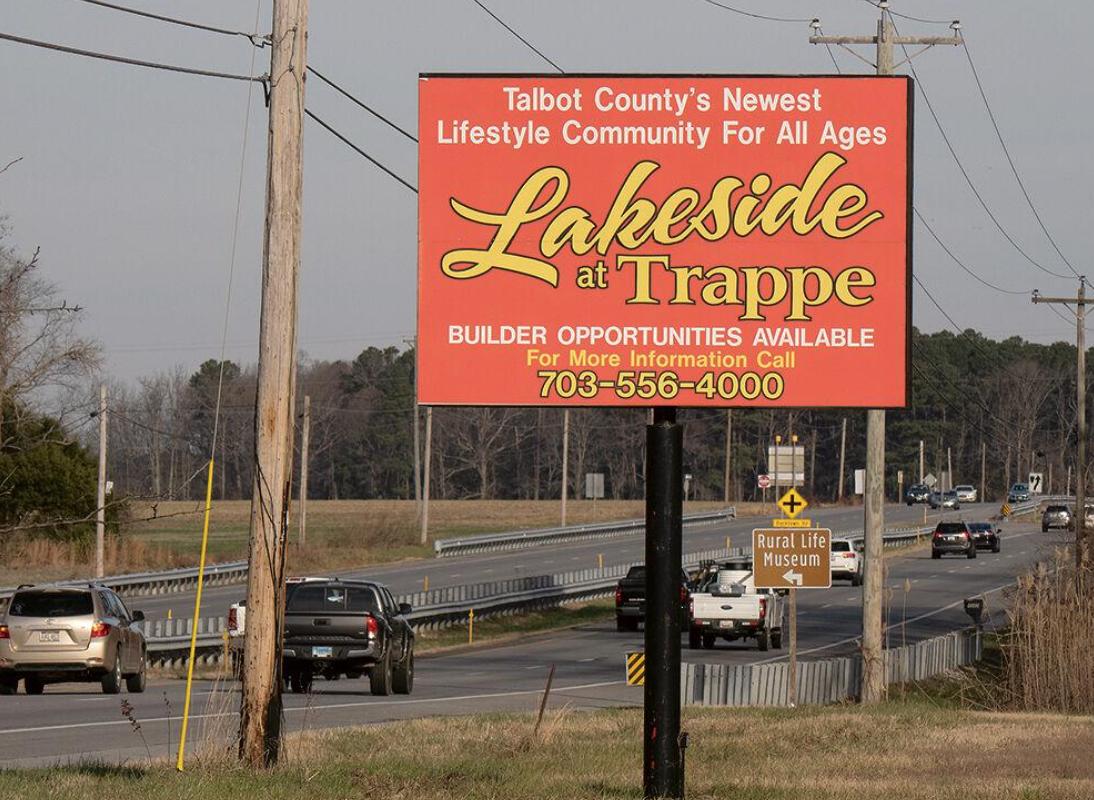Maryland regulators are taking public comment again on plans to handle wastewater from a massive new development on the state’s Eastern Shore by spraying it on farm fields.
The Maryland Department of the Environment had issued a wastewater permit in December 2020 for Lakeside, a proposed community of 2,501 homes and apartments plus a shopping center in the small Talbot County town of Trappe. But a judge ordered the department to give the public another opportunity to comment on the permit because of changes made in it before being issued.
The proposed permit allows the developer to eventually spray an average of 540,000 gallons of wastewater daily on grassy fields. It must be treated using enhanced nutrient removal to lower the levels of nitrogen and phosphorus. A lagoon is also required to store wastewater for up to 75 days during winter and when it’s raining or too windy to spray.
Neighboring residents and environmental groups questioned the MDE’s assurances that the nutrients and other contaminants in the wastewater would be soaked up by the grass in the fields. They fear it could seep or run off into nearby Miles Creek, a tributary of the Choptank River.
The MDE is taking comments until July 26. It also plans to hold a public hearing, but a date had not been set.
Written comments should be mailed to the Maryland Department of the Environment, Water and Science Administration, 1800 Washington Blvd., Baltimore, MD 21230-1708, Attn.: Mary Dela Onyemaechi, Chief, Groundwater Discharge Permits Division.
For more information and to check on the hearing, visit mde.maryland.gov/programs/Water/wwp/Pages/19DP3460.aspx.
By Timothy B. Wheeler



